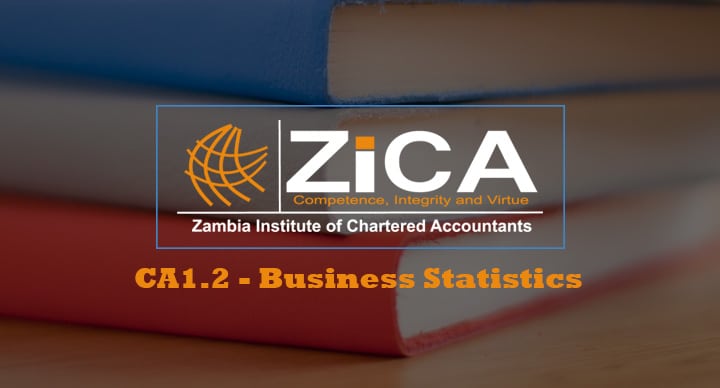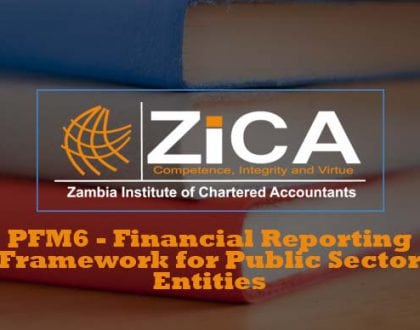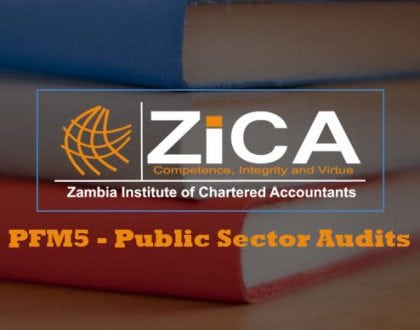CA1.2 – Business Statistics
No access plans exist.

Course Features
Course Details
CA1.2-Business Statistics
On completion of this module, candidates will reach a competency sufficient to be able to:- Understand the business and organisational need for data analysis
- Summarise and categorise business and organisational data
- Apply statistical techniques accurately
| Syllabus topic | Weighting (%) | LO |
| Business and organisational data requirements | 10 | 1 |
| Presenting business and organisational data | 50 | 2 and 3 |
| Statistical techniques | 40 | 4 |
Learning outcomes
- LO1: Explain data needs of business and organisations
- LO2: Explain key statistical concepts used in business and organisational problems
- LO3: Apply methods of data collection and presentation in simple organisational related situations
- LO4: Apply statistical techniques to organisational problems
- Understand and explain the business and organisational need for data analysis: LO1
- Identify data analysis needs in organisations
- Identify sources of data and explain the usefulness of data analysis in organisations
- Explain the limitations of data analysis and the importance of data interpretation and evaluation
- Summarise and categorise business and organisational data: LO2, 3, 4
- Apply key statistical concepts used in business and organisations using measures of central tendency:
- The concept of averages
- The arithmetic mean
- The median
- The mode
- Quartiles
- Apply key statistical concepts of dispersion used in business and organisations using:
- Range
- Mean deviation
- Quartile deviation
- Standard deviation
- Variance
- Prepare exploratory data analysis, both visual and numerical, using descriptive statistical analysis
- Interpret the results of exploratory data analysis and report effectively on the analysis
- Apply key statistical concepts used in business and organisations using measures of central tendency:
- Apply statistical techniques to organisational problems: LO4
- Apply statistical methods of financial and operational forecasting, using
- Scatter diagrams, correlation coefficients, coefficient of determination
- Time series
- Trend, seasonal variations, cyclical variations and random variations
- Moving averages
- Forecasting (b)
- Apply probability based techniques to business and organisational problems using:
- Basic rules of probability
- Mutually exclusive, independent and conditional probability
- Expected values
- Tree diagrams
- The normal distribution (c)
- Interpret the results of statistical methods
- Apply statistical methods of financial and operational forecasting, using
This course does not have any sections.





